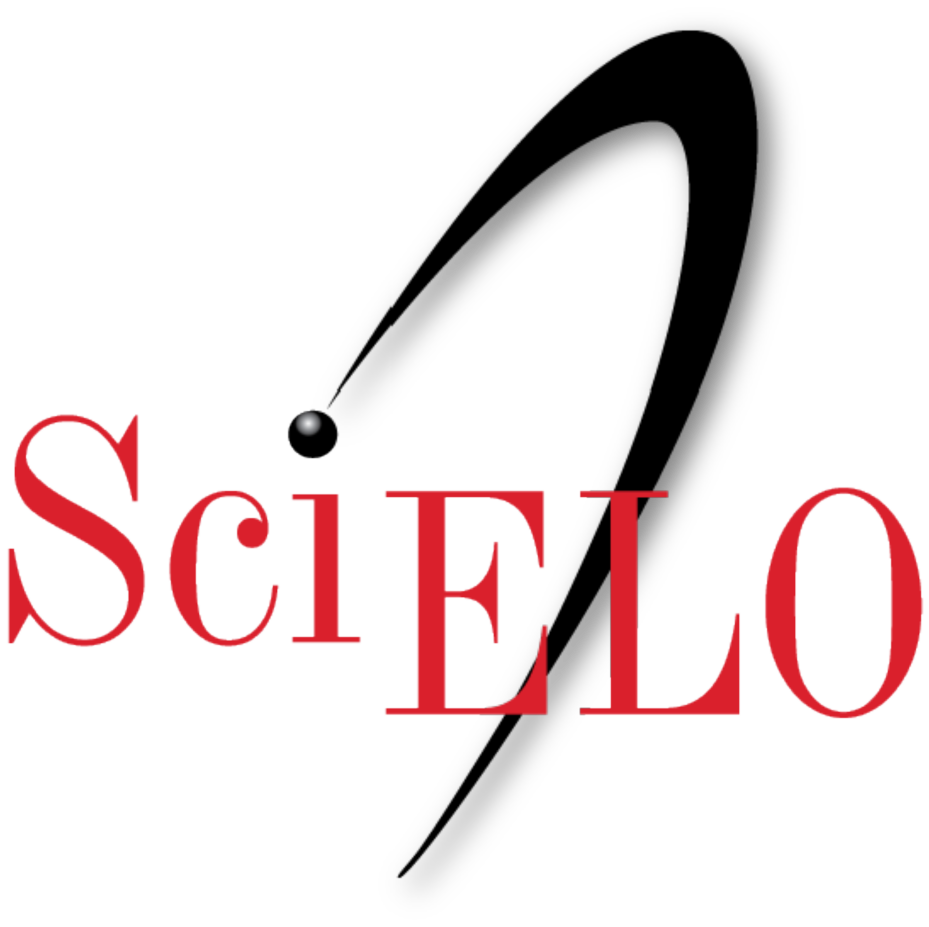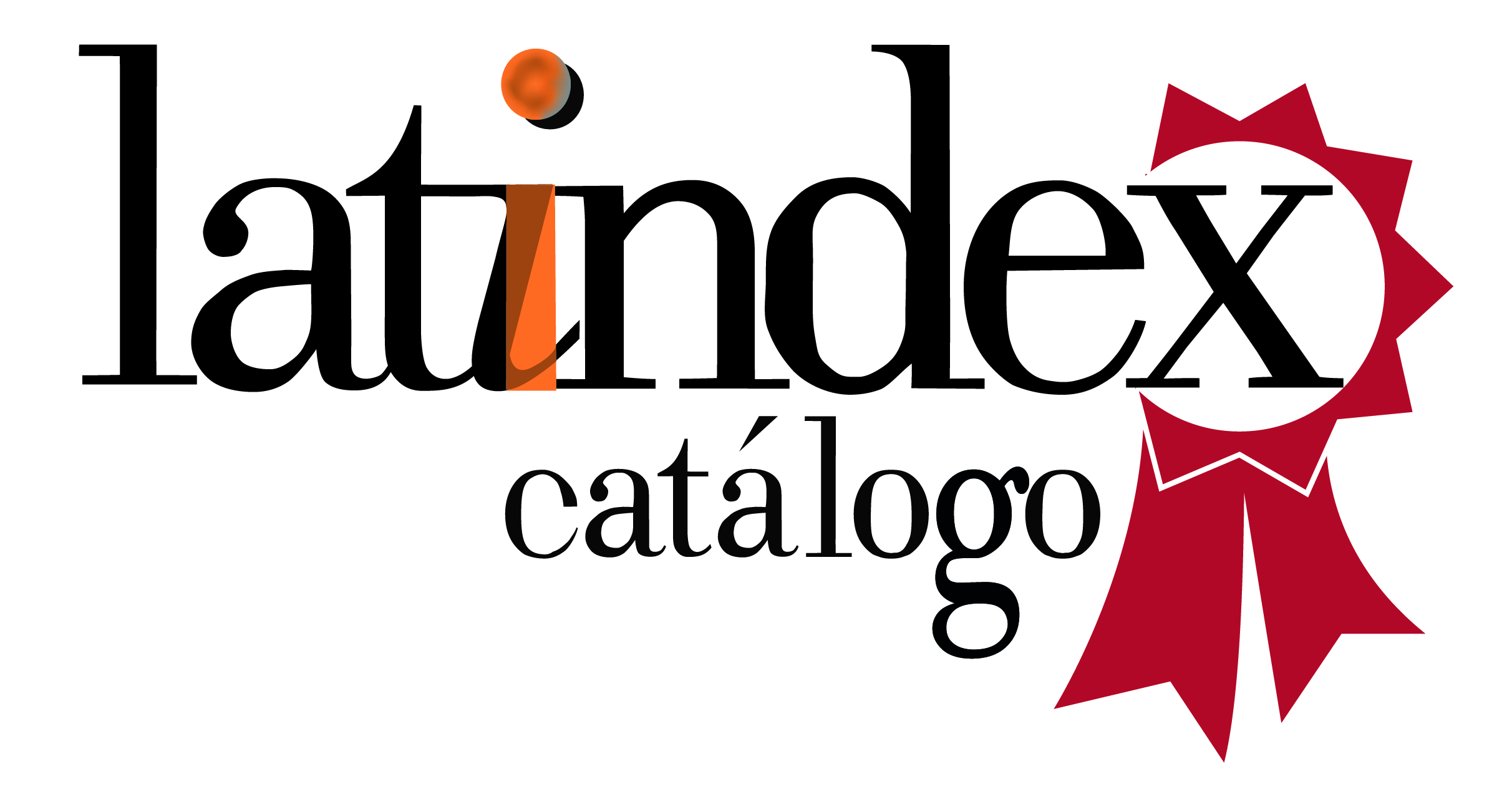Comparison of Latanoprostene bunod 0.024% and Latanoprost 0.005% in Open-Angle Glaucoma or Ocular Hypertension.
DOI:
https://doi.org/10.52379/mcs.v7i1.269Keywords:
Latanoprost, Latanoprostene bunod, Prostaglandin analogues, Intraocular pressure, GlaucomaAbstract
Introduction: Glaucoma is the main cause of irreversible blindness worldwide. The global prevalence of glaucoma in people aged 40 to 80 years is estimated at 3.5%. With the increasing number and proportion of older people in the population, it is projected that 111.8 million people will have glaucoma by 2040. First-line treatment is usually a topical IOP-lowering medication or laser trabeculoplasty. The most widely used class of medication is prostaglandin analogues. Objective: To compare the intraocular pressure (IOP) lowering effect of 0.024% Latanoprostene bunod (LBN) with 0.005% Latanoprost in subjects with open-angle glaucoma (OAG) or ocular hypertension (OHT). Methodology: Prospective, randomized, parallel group, non-inferiority clinical trial. Results: It was performed in 28 patients (56 eyes) who were randomized into 2 parallel groups (28 eyes per group), the Latanoprost group and the Latanoprostene bunod (LBN) group. In the LBN group, the mean intraocular pressure before treatment was 25.3 ± 6.6 mmHg and the mean intraocular pressure after 1 month of treatment was 16.5 ± 4.9 mmHg (p=0.00). In the Latanoprost group, the mean intraocular pressure before treatment was 23.6 ± 3.6 mmHg and the mean intraocular pressure after 1 month of treatment with 0.005% Latanoprost was 15.3 ± 2.4 mmHg (p=0.00). However, when comparing the IOPs to the 1-month treatment with Latanoprostene bunod 0.024% and Latanoprost 0.005%, it is observed, through ANOVA, that the difference in intraocular pressure reduction between these two drugs is not significant (p= 0.238). Conclusion: Topical prostaglandins, with their potent ocular hypotensive effect (resulting from increased uveoscleral outflow), are an important treatment option for glaucoma. The IOP reduction is as expected with both drugs, however, there are no significant differences between the two. In the LBN group, more drug-related ocular adverse effects were found after 1 month of use.
Downloads
References
Dietze J, Blair K, Havens SJ. Glaucoma. In: StatPearls. Internet. Treasure Island (FL): StatPearls Publishing; 2022 [cited 2023 Jan 14]. Available from: http://www.ncbi.nlm.nih.gov/books/NBK538217/
Flaxman SR, Bourne RRA, Resnikoff S, Ackland P, Braithwaite T, Cicinelli MV, et al. Global causes of blindness and distance vision impairment 1990-2020: a systematic review and meta-analysis. Lancet Glob Health. 2017 Dec;5(12):e1221–1234. https://doi.org/10.1016/s2214-109x(17)30393-5
Kingman S. Glaucoma is second leading cause of blindness globally. Bull World Health Organ. 2004 Nov;82(11):887–888. URL.
Heijl A, Leske MC, Bengtsson B, Hyman L, Bengtsson B, Hussein M, et al. Reduction of intraocular pressure and glaucoma progression: results from the Early Manifest Glaucoma Trial. Arch Ophthalmol Chic Ill 1960. 2002;120(10):1268–1279. https://doi.org/10.1001/archopht.120.10.1268
Kass MA, Heuer DK, Higginbotham EJ, Johnson CA, Keltner JL, Miller JP, et al. The Ocular Hypertension Treatment Study: a randomized trial determines that topical ocular hypotensive medication delays or prevents the onset of primary open-angle glaucoma. Arch Ophthalmol Chic Ill 1960. 2002;120(6):701–713; discussion 829-830. https://doi.org/10.1001/archopht.120.6.701
Toris CB, Gabelt BT, Kaufman PL. Update on the mechanism of action of topical prostaglandins for intraocular pressure reduction. Surv Ophthalmol. 2008;53 Suppl1(SUPPL1):S107-120. https://doi.org/10.1016/j.survophthal.2008.08.010
Digiuni M, Fogagnolo P, Rossetti L. A review of the use of latanoprost for glaucoma since its launch. Expert Opin Pharmacother. 2012;13(5):723–745. https://doi.org/10.1517/14656566.2012.662219
Krauss AHP, Impagnatiello F, Toris CB, Gale DC, Prasanna G, Borghi V, et al. Ocular hypotensive activity of BOL-303259-X, a nitric oxide donating prostaglandin F2? agonist, in preclinical models. Exp Eye Res. 2011;93(3):250–255. https://doi.org/10.1016/j.exer.2011.03.001
Lütjen-Drecoll E, Tamm E. Morphological study of the anterior segment of cynomolgus monkey eyes following treatment with prostaglandin F2 alpha. Exp Eye Res. 1988;47(5):761. https://doi.org/10.1016/0014-4835(88)90043-7
Tanna AP, Rademaker AW, Stewart WC, Feldman RM. Meta-analysis of the efficacy and safety of alpha2-adrenergic agonists, beta-adrenergic antagonists, and topical carbonic anhydrase inhibitors with prostaglandin analogs. Arch Ophthalmol Chic Ill 1960. 2010;128(7):825–833. https://doi.org/10.1001/archophthalmol.2010.131
Alm A. Latanoprost in the treatment of glaucoma. Clin Ophthalmol Auckl NZ. 2014 26;8:1967–1985. https://doi.org/10.2147%2FOPTH.S59162
Nathanson JA. Nitrovasodilators as a new class of ocular hypotensive agents. J Pharmacol Exp Ther. 1992;260(3):956–965. URL.
Schuman JS, Erickson K, Nathanson JA. Nitrovasodilator effects on intraocular pressure and outflow facility in monkeys. Exp Eye Res. 1994;58(1):99–105. https://doi.org/10.1006/exer.1994.1199
Russo A, Riva I, Pizzolante T, Noto F, Quaranta L. Latanoprost ophthalmic solution in the treatment of open angle glaucoma or raised intraocular pressure: a review. Clin Ophthalmol Auckl NZ. 2008;2(4):897–905. URL.
Tham YC, Li X, Wong TY, Quigley HA, Aung T, Cheng CY. Global prevalence of glaucoma and projections of glaucoma burden through 2040: a systematic review and meta-analysis. Ophthalmology. 2014;121(11):2081–2090. https://doi.org/10.1016/j.ophtha.2014.05.013
Lerner SF, Singh K, Susanna R, Wilson MR, Lee BL, Maul E, et al. RAND-like appropriateness methodology consensus for primary open-angle glaucoma in Latin America. Am J Ophthalmol. 2012;154(3):460-465.e7. https://doi.org/10.1016/j.ajo.2012.03.015
Garway-Heath DF, Crabb DP, Bunce C, Lascaratos G, Amalfitano F, Anand N, et al. Latanoprost for open-angle glaucoma (UKGTS): a randomised, multicentre, placebo-controlled trial. Lancet Lond Engl. 2015;385(9975):1295–1304. https://doi.org/10.1016/s0140-6736(14)62111-5
Comparison of glaucomatous progression between untreated patients with normal-tension glaucoma and patients with therapeutically reduced intraocular pressures. Collaborative Normal-Tension Glaucoma Study Group. Am J Ophthalmol. 1998;126(4):487–497. https://doi.org/10.1016/s0002-9394(98)00223-2
Flach AJ. The importance of eyelid closure and nasolacrimal occlusion following the ocular instillation of topical glaucoma medications, and the need for the universal inclusion of one of these techniques in all patient treatments and clinical studies. Trans Am Ophthalmol Soc. 2008;106:138–45; discussion 145-148. URL.
Weinreb RN, Ong T, Scassellati Sforzolini B, Vittitow JL, Singh K, Kaufman PL, et al. A randomised, controlled comparison of latanoprostene bunod and latanoprost 0.005% in the treatment of ocular hypertension and open angle glaucoma: the VOYAGER study. Br J Ophthalmol. 2015;99(6):738–745. https://doi.org/10.1136/bjophthalmol-2014-305908
Medeiros FA, Martin KR, Peace J, Scassellati Sforzolini B, Vittitow JL, Weinreb RN. Comparison of Latanoprostene Bunod 0.024% and Timolol Maleate 0.5% in Open-Angle Glaucoma or Ocular Hypertension: The LUNAR Study. Am J Ophthalmol. 2016;168:250–259. https://doi.org/10.1016/j.ajo.2016.05.012
Weinreb RN, Scassellati Sforzolini B, Vittitow J, Liebmann J. Latanoprostene Bunod 0.024% versus Timolol Maleate 0.5% in Subjects with Open-Angle Glaucoma or Ocular Hypertension: The APOLLO Study. Ophthalmology. 2016;123(5):965–973. https://doi.org/10.1016/j.ophtha.2016.01.019
Sharts-Hopko NC, Glynn-Milley C. Primary open-angle glaucoma. Am J Nurs. 2009;109(2):40–47. https://doi.org/10.1097/01.naj.0000345434.37734.ee
Downloads
Published
Issue
Section
License
Copyright (c) 2023 David Mateo Careaga Cacace, Martín Fernando Arrúa Caballero, Luis González Sanabria, Guillermo Raúl Vera Duarte

This work is licensed under a Creative Commons Attribution 4.0 International License.











